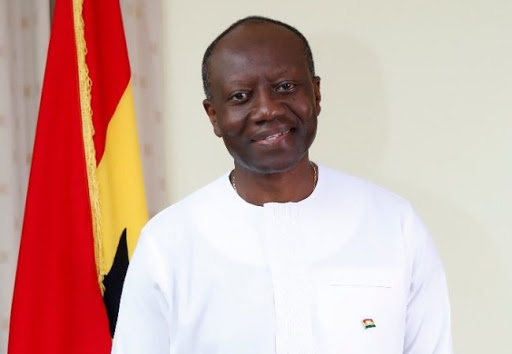…as private sector activities pick up
New data from IHS Markit has shown that the private sector’s gradual but impressive recovery will lead to positive growth in GDP for the third quarter, signifying the economy will not experience a recession as previously feared.
According to the research firm, Ghana’s Purchasing Managers’ Index (which measures the direction of economic trends in the manufacturing and services sectors) remained above the 50.0 no-change mark in September, ticking up to 51.4 from 51.2 in August. This is the second consecutive slight improvement in business conditions across the private sector, following a five-month period of decline.
Then again, demand has also picked up as a result of new orders – leading to increased business activity, employment and input buying. It is these activities that Economics Director at IHS Markit, Andrew Harker, said will move the economy from the contraction it experienced in second quarter of the year and record growth in the third quarter.
“The recovery in Ghana’s private sector solidified in September, with further improvements in new orders supporting back-to-back increases in output and employment. These data suggest that a quarterly rise in GDP is likely in the third quarter of 2020, following the COVID-19 related contraction in the second quarter. That said, the extent of disruption caused by the pandemic means that IHS Markit forecasts a fall in GDP of 1 percent for 2020,” he said.
The data further showed that purchasing activity increased for the second month running, but stocks of inputs continued to fall; in part, due to difficulties securing items. Meanwhile, suppliers’ delivery times lengthened marginally. Supply issues, in some cases with items sourced from abroad the research adds, led to a further increase in purchase costs.

The IHS Markit prediction of positive GDP growth comes as a complement to an earlier report released by the Bank of Ghana that also shows the economy is making strides in its recovery process.
The Summary of Economic and Financial data indicates that the Composite Index of Economic Activity (CIEA), which measures business activities in the economy, has recorded 3.8 percent and 3.6 percent growth in June and July respectively – compared to a consecutive three-month contraction of 2.3 percent, 11 percent, and 10.6 percent respectively from March to May.
Furthermore, the data indicate that consumer confidence also shot up impressively after the lockdown and other restrictions on movements were lifted, recording 101 points in July compared to 84 points in March. The same positive development can also be seen with business confidence, as the index has moved to 90.9 points from 77.2 points in the same stated period.
For the central bank, all the aforementioned are symptoms of a recovering economy, especially since the second quarter showed an abysmal performance of -3.2 percent.
“On the real economy, despite a contraction in the second quarter, the indication is for improved growth outturn in the third and fourth quarters: leading indicators of economic activity point to a recovery.
“A sustained level of consumer and business confidence, broad-based growth in the indicators of the CIEA are all supportive of positive-growth conditions in the outlook. Following from the above, it is estimated that growth in 2020 will be between 2 and 2.5 percent,” the bank’s monetary policy statement stated.










